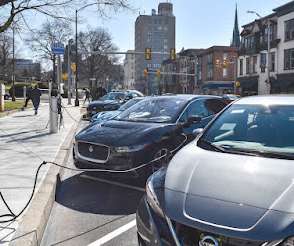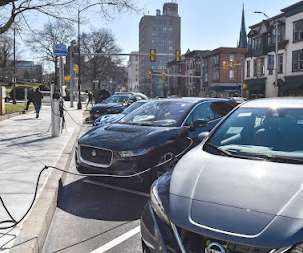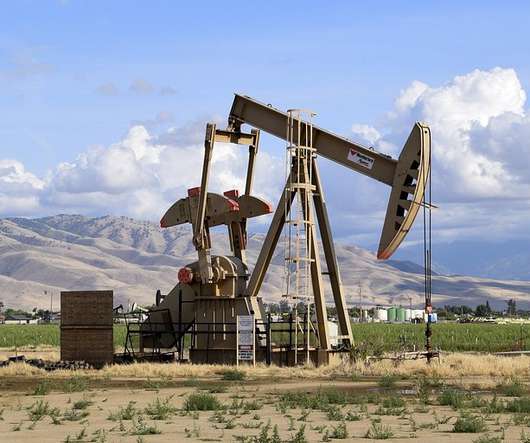Cars, Smog, and EPA
Legal Planet
AUGUST 24, 2023
NOx plays a role in forming ground level ozone and final particulates (PM2.5), both of which are human health hazards. In 1998, however, the Clinton Administration brokered a deal between the car companies and Northeastern states who complained that ozone was getting blown into their states from upwind states.














Let's personalize your content